How sensory play soothes children in times of stress
Check out some DIY recipes to help kids relax and decompress at home…
Early childhood educator and sensory play expert Amanda Ralph still remembers a pre-schooler who, when he got really frustrated, would throw things. “I’d direct him to the Play-Doh area,” says Ralph, who’s based in Surrey, England. “You can really mess with it and destroy it. It’s something you can use to take out that urge.”
Soon other revved-up kids were flocking to the Play-Doh station to depressurise with sensory play. It was so effective that Ralph started mixing up her own clays and other squashable substances, and even wrote a book about them: Creative Sensory Play Recipe Toolkit.
Children have a lot going on in those little brains of theirs, especially at times of transition, like heading back to school. Things like uncertainty, disappointment and change can lead to frustration and stress. We all need a way to depressurise—and for kids, it might come in the form of slime.
How squishy stuff soothes
Sensory input — the info we receive through our senses so we can learn about the environment — sends messages to the nervous system.
For instance, negative input like the sound of a scream can push kids into a fight-or-flight response. But positive or enjoyable sensory input can do the opposite. It activates the parasympathetic nervous system, which is in charge of rest and conserving physical energy.
While all the senses can promote relaxation, the sense of touch might be a route to a meditative state.
“There’s something about different tactile things that actually creates a sense of mindfulness,” says Tracy Turner-Bumberry, a licensed professional counsellor and play therapist. “Sensory play helps children focus on what’s happening right now and tune out past sadness or future anxiety. They notice that right in that moment, they’re touching something that feels so good in their hands.”
Ralph adds that when kids are using sensory manipulatives, “the brain switches off. There’s no right or wrong way, so it doesn’t feel stressed.”
Plus, toying with sensory play items like squishies, mushies, and gooshies can build cognitive skills and may even help kids with their penmanship. “Children’s hands aren’t fully developed until they’re about six or seven,” Ralph says. “Using manipulative materials is actually strengthening the hands and giving them strength for a pencil grip.”
So, have a go at making some squishes and slimes with your kids, and see what they think!
Looking for more activities to try at home? Then discover more family-friendly activities every month with a subscription to National Geographic Kids and Little Kids magazines. Every issue includes exciting activities and games to complete together, sure to develop your little one’s creativity and provide some family fun!
5 relaxation recipes to try at home
Not all sensations feel good to all kids, so you may need to try more than one of these squishy recipes.
Ralph suggests letting more sensitive kids explore and touch each ingredient before mixing it in. Turner-Bumberry, author of 2, 4, 6, 8, This is How We Regulate!: 75 Play Therapy Activities to Increase Mindfulness in Children, recommends a ‘one-finger touch.’ “One finger is less stressful,” she says, “while a whole handful might be overwhelming.”
And feel free to get your hands in them as well. “They may help you decouple from stress,” Ralph says.
CRUMBLY CLOUD DOUGH
This “dough” is more like magical powder that holds together when it’s squeezed, then softly crumbles apart. It can be great for kids who crave delicate, soft textures.
Just mix 8 parts flour with 1 part oil to create a fluffy substance. For scented sensory input, “using baby oil gives it a really nice smell,” Ralph says.
Storage: keeps indefinitely in a sealed bag or container.
MOON SAND
Kids who crave more intense sensory input may be drawn to the gritty texture of sand. Depending on how much input your child likes, you can try finer or rougher sand. This recipe can scratch tables and floors, so Ralph recommends this one for outside play.
- – 4 cups play sand
- – 2 cups corn starch
- – 1-3 cups water
- – Food colouring (optional)
- – A few shakes of your favourite strong spices, such as cinnamon (optional)
Mix all ingredients together in a tray. The sand will hold together. If mixture dries, add water to reconstitute.
Storage: keeps indefinitely in a plastic bag or sealed container
WHITE CLAY
Clay is firmer and tougher than dough and can be great for kids who want to pound, tear, and pull. This one can be good for kids with allergies, as it’s free of scents or colourings.
- – 2 cups baking soda
- – 1 cup corn starch
- – 1 cup warm water
Mix all the ingredients in a pan and warm through on moderate heat, stirring regularly until the sauce thickens, comes away from the sides, and resembles mashed potatoes. Just after this stage, when it looks like a play dough, turn off the heat and turn the clay onto a surface or into a bowl, and let it cool a little. When you can comfortably touch it, knead until it is smooth and pliable.
Storage: wrap and keep in an airtight container to prevent it from drying out.
EDIBLE FINGER PAINT
Ralph explains that this paint is great for “process art,” which means it’s not about creating a picture — the fun is in the doing! Kids can enjoy the yoghurt-like feel of this paint (especially when it’s chilled) and get satisfying visual input from bright colours. Plus, it’s safe for even the youngest users.
- – 3 tablespoons sugar
- – 1/2 cup flour
- – 2 cups water
- – Food colouring
Whisk sugar, flour, and water together in a pan. Heat until the mixture thickens, and lumps disappear. Divide the “paint” into jars and add food colouring as desired.
Storage: keeps about two weeks in the fridge.

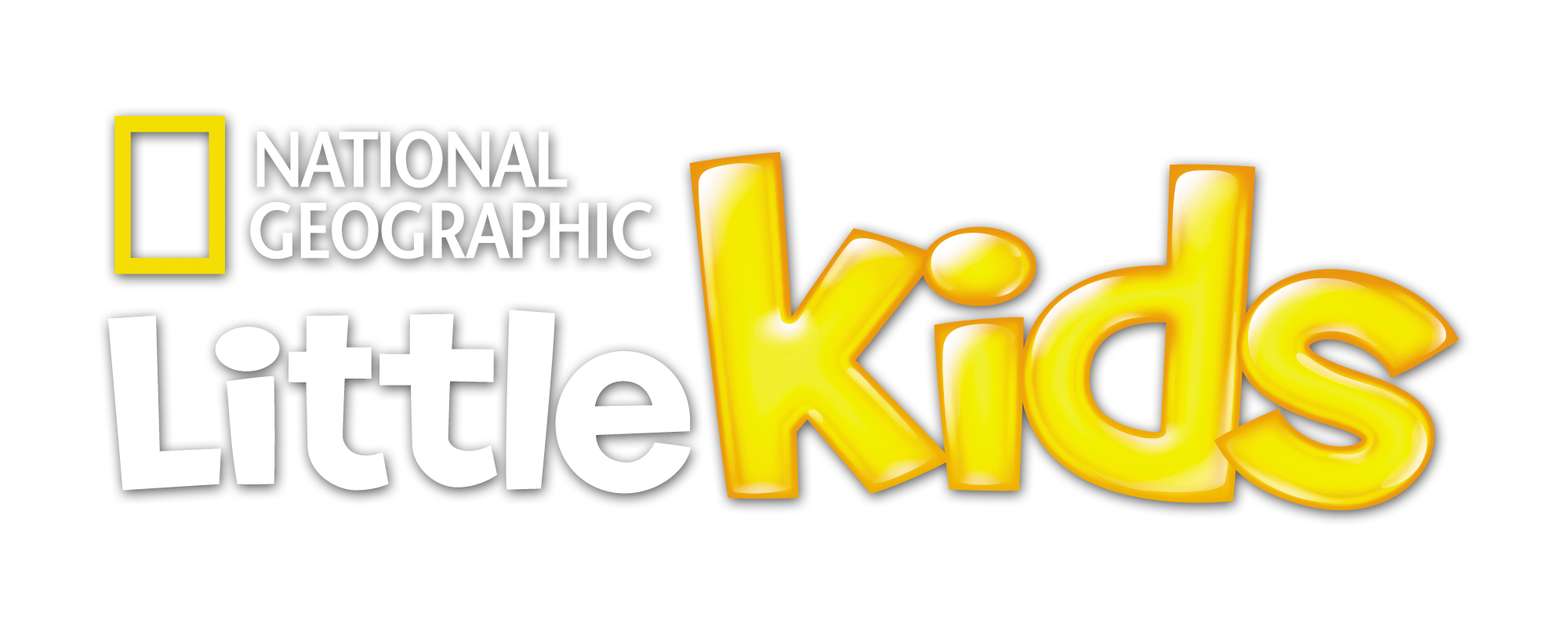




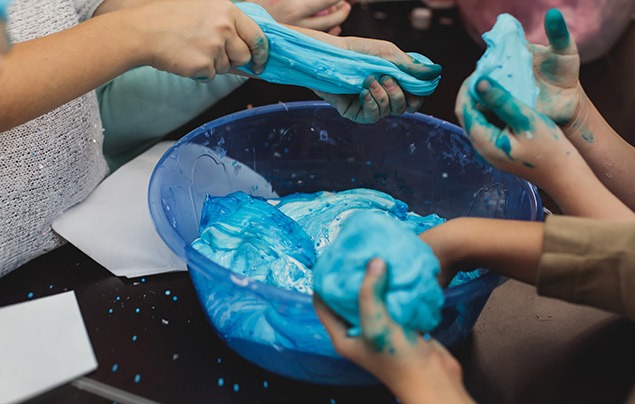
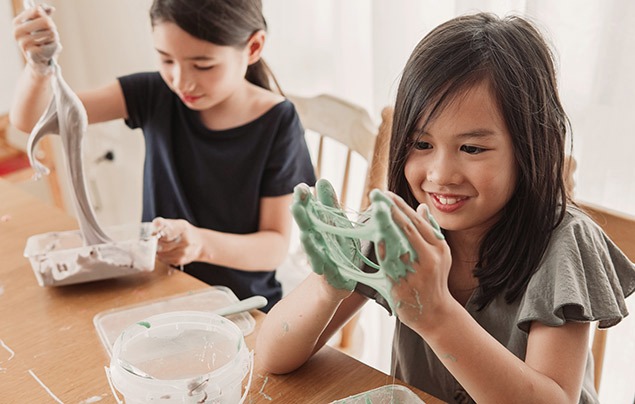
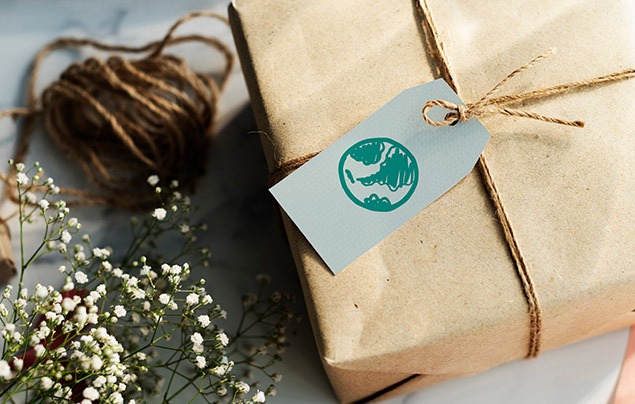

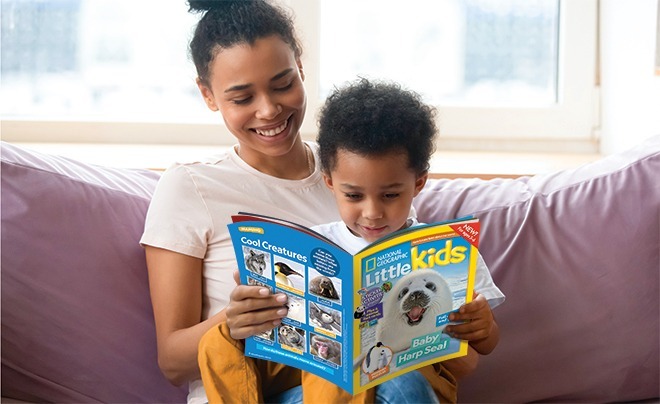






LEAVE A COMMENT
THANK YOU
Your comment will be checked and approved shortly.
WELL DONE,
YOUR COMMENT
HAS BEEN ADDED!
COMMENTS1
CUSTOMIZE YOUR AVATAR